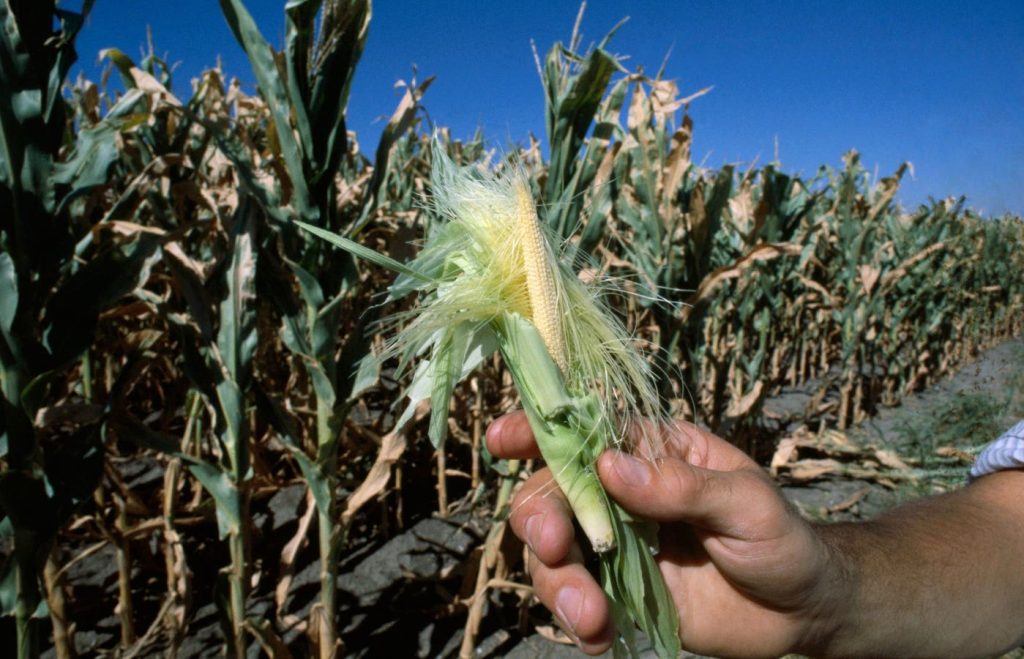Crop insurance is a vital element of the agricultural industry in the United States, providing farmers with a safety net against the uncertainties of weather and market fluctuations. However, as climate change accelerates, the traditional crop insurance model is being called into question. Critics argue that the current system fails to address sustainability in agriculture and does not support urban farming initiatives. The Federal Crop Insurance Program currently covers losses due to natural disasters and market price drops, but it does not incentivize the adoption of sustainable farming practices. This has led to concerns about the environmental impact of conventional farming methods and the lack of support for climate mitigation strategies.
Farmers across the country have experienced the devastating effects of extreme weather events, causing crop losses and financial strain. The Congressional Research Service reported that crop insurance payouts reached the second and third highest levels in 2022 and 2023 in the past 30 years, totaling over $16 billion in payouts to farmers. This highlights the importance of the program in protecting farmers and ensuring the stability of the national food supply in the face of climate-driven disasters. However, the system’s reliance on conventional farming practices hinders farmers from implementing sustainable solutions that could help mitigate the effects of climate change.
The financial structure of federally subsidized crop insurance has been criticized for encouraging overplanting and cultivating risky lands, leading to environmental degradation. A study from Stanford University revealed that climate change has exacerbated crop insurance losses by $27 billion over 27 years, emphasizing the need for a more climate-resilient policy framework. The current system also fails to promote risk reduction strategies and resilient agricultural practices that could help farmers adapt to climate challenges. Policy adjustments are needed to align financial incentives with sustainability goals and protect farmers from the impacts of climate change.
Urban farms, which play a crucial role in providing fresh food in city environments, are excluded from the benefits of crop insurance, despite facing unique challenges such as limited space and soil contamination. This exclusion highlights an equity issue, as most urban farms are located in urban and BIPOC communities. Policy reforms are needed to address this gap and support all types of agriculture, including urban farming projects. By incentivizing sustainable farming practices and expanding coverage to urban agriculture, policymakers could foster a more resilient and environmentally friendly agricultural sector. Updates to definitions and policies concerning urban farms are currently being considered by officials at the USDA.
In conclusion, crop insurance is a fundamental aspect of agricultural policy in the United States, but its current structure presents challenges for sustainability. To ensure the long-term viability of the nation’s food supply chains, policymakers must prioritize reforms that support innovative and environmentally friendly farming practices. By integrating climate resilience into insurance calculations and expanding coverage to urban agriculture, the crop insurance framework can be redesigned to promote sustainability across all farming communities. This shift is crucial for addressing the impacts of climate change and ensuring a resilient agricultural sector for future generations.


